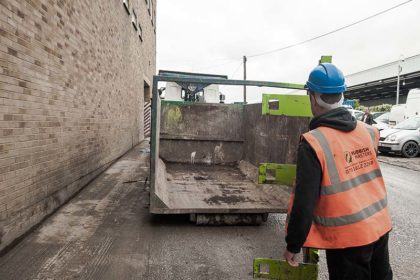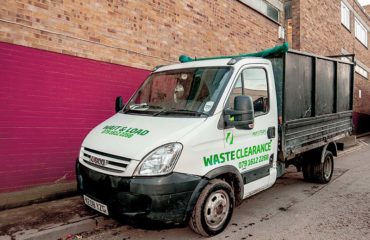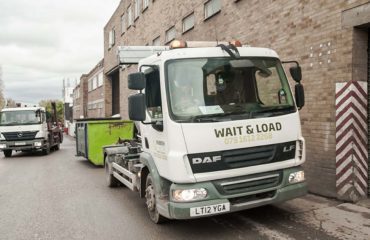
Construction waste is generated during construction, demolition and renovation works. They can often be re-used by contractors, which reduces the cost of the ongoing investment, but a significant proportion of these residues should end up in the hands of special companies that specialize in collecting construction waste. In this way we will limit their negative impact on the natural environment. It should be remembered that a lot of construction waste can be recycled.
Various construction waste
The waste group classified as construction waste is very diverse. We include among them debris: concrete, brick and ceramic, removed plasters, gypsum, cement, drywall, wallpaper, window and door joinery, installation waste, roofing materials, ceramic components (e.g. tiles, ceramic fittings), metal and PVC installations ( e.g. bathtubs, fittings), scrap and reinforcing steel, wood and plastic waste, insulation materials, polystyrene. Soil and soil from excavations can also be construction waste.
In addition, residues of building chemicals, glue and paint often appear on this type of waste. Correct segregation of this type of garbage is therefore necessary, because some of them will not be recyclable. However, it is strived for as much waste as possible to be processed effectively. Therefore, every person or company carrying out construction or renovation works should strive to ensure that such waste goes to specialist plants specializing in the management of construction waste.
This way is obtained, among others concrete or brick debris, which can be successfully used as construction aggregate. In turn, gravel is very often used again for the construction of parking lots. Construction waste processing has many ecological and economic benefits.
This type of waste, even in small quantities, requires appropriate management. They cannot be stored anywhere, as some of them can be dangerous and even toxic to the natural environment, endangering human and animal health.




